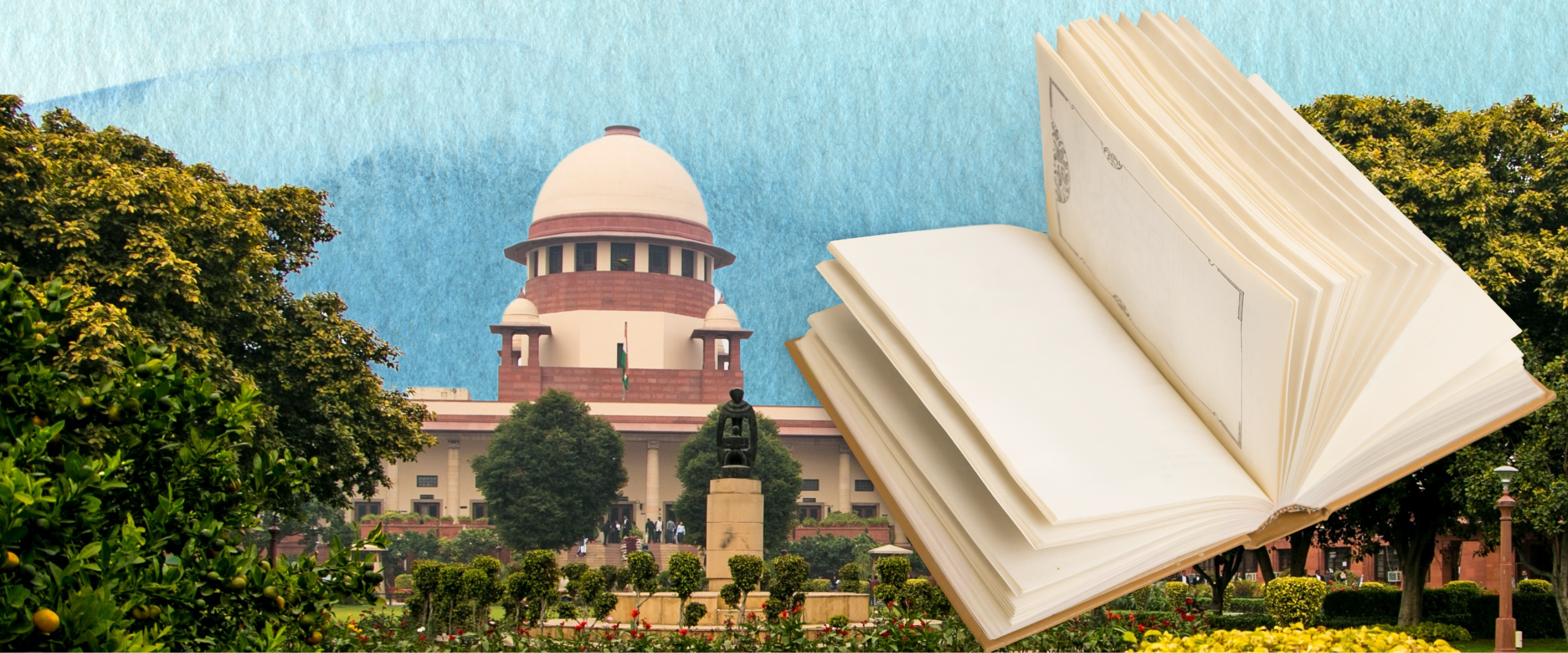Analysis
SCO Workshop at IIJNM
The SC Observer held a workshop at the Indian Institute of Journalism and New Media (IIJNM).

On February 1st, we held a workshop for around fifty journalism students at the Indian Institute of Journalism and New Media (IIJNM). The workshop challenged the students to think critically about the Supreme Court’s role in sustaining a constitutional democracy. Further, it served to introduce them to how to report on a Supreme Court case using primary materials.
The workshop entailed an interactive thirty-minute presentation followed by a worksheet and a discussion. We used the presentation to introduce the students to how the Supreme Court interprets constitutional provisions. Further, we exposed them to the key primary documents that constitute any Supreme Court case. The presentation ended with a short introduction to the case-study in the worksheet, namely the Sabarimala temple entry dispute. The students divided into small groups and took about 45 minutes to solve the worksheet, after which we gathered to discuss their responses. A more detailed summary can be found below.
Senior Research Associate Vineeth Krishna began the presentation by defining what a Constitution is. Using the metaphor of the rules of a game such as cricket, he showed the students that our Constitution defines the basic norms and principles governing our society.
He then challenged them to think about who interprets the Constitution. The students discussed how while everyone can interpret the Constitution, the Supreme Court’s interpretation carries the most legal, and often moral, weight.
Next, Research Associate Jai Brunner showed the students how to understand and report on a Supreme Court case via relevant primary materials. Taking the Rafale matter as an example, he introduced the students to the following documents: writ petitions, written submissions, interim orders and judgments. Further, he told them about oral arguments and showed them SC Observer’s archive of oral argument summaries.
After the presentation concluded, the students took around 30 minutes to attempt the worksheet using our website. The worksheet is designed to challenge the students to apply what they just learned about reporting on Supreme Court cases. It places an emphasis on close-reading and critical thinking.
Research Associate Balu Nair discussed the responses to the worksheet with the students. He called on individual students to present their answers and detail how they arrived at their answers. The students had perhaps the most difficulty with the final question, which tasked them with reading two op-eds. Mr. Nair assisted them by summarising the pieces before launching the discussion.
With this the workshop came to an end.